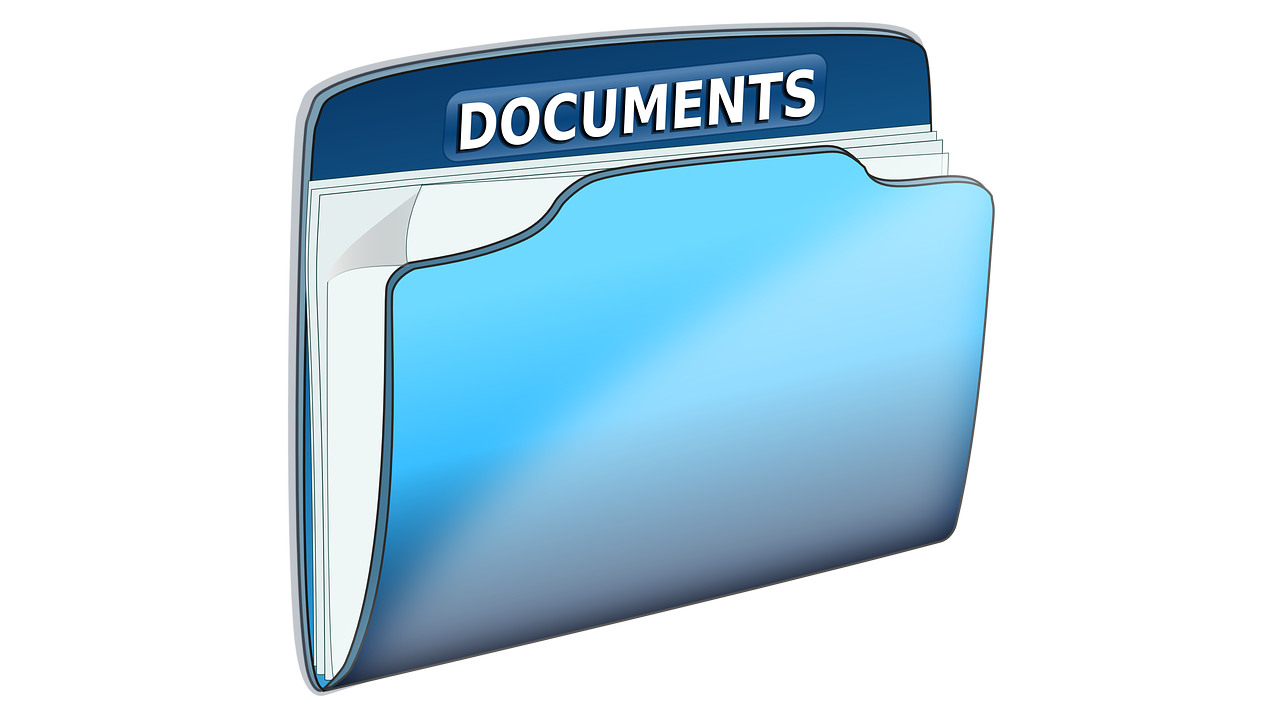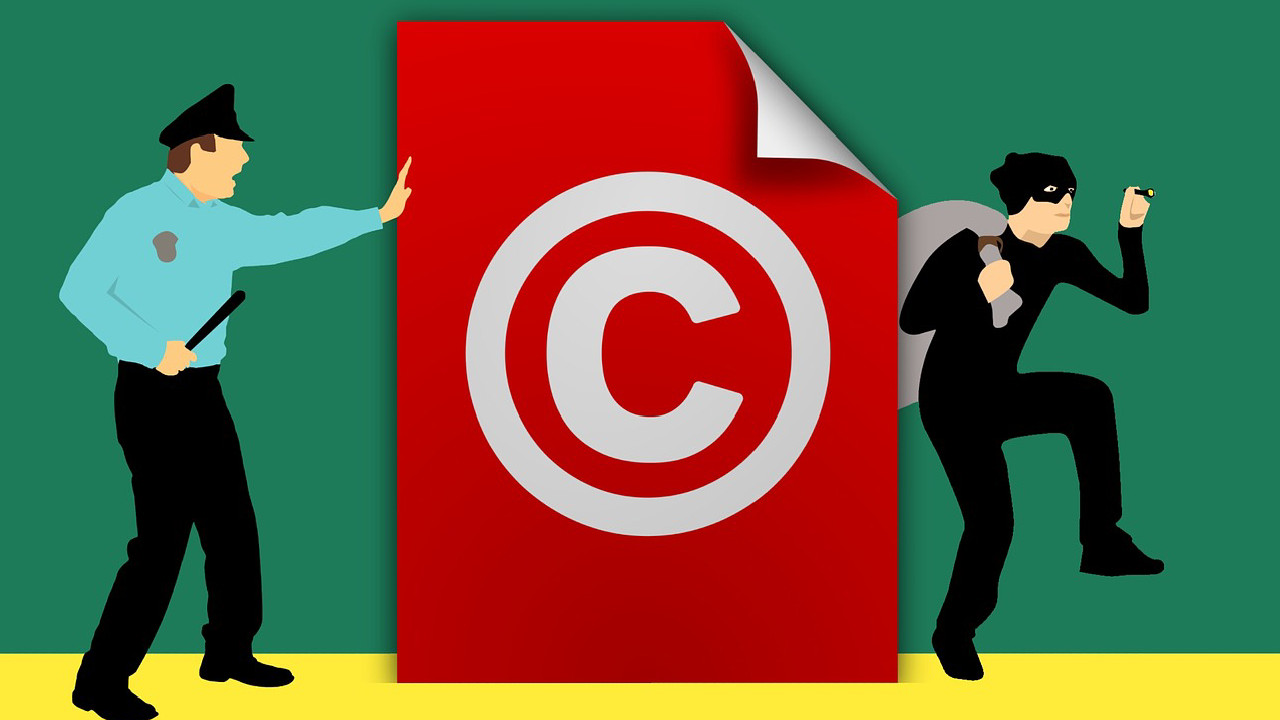Imagine this scenario:
After months of hard work, you launch your first book online. People are taking an interest in your book, and sales start to roll in. It feels like your hard work is finally paying off.
Then, one day, you get an appreciation note from a fan. But this fan is not like your other customers; this fan never paid for your book! Quick research reveals that your paper is being offered for free on unauthorized websites. You can not think of anyone who could help you. Your only thoughts are, I could have done something to prevent unlawful downloading, copying, and distribution of my book.
This illegal distribution of your online documents could cost you your business. If sales of your eBook drop, in addition to making a dent in your revenue, it might make your publisher disinterested in your next book.

The scenario that you just imagined isn’t fictional.
Content theft and Intellectual Property (IP) infiltration happen almost every day in the corporate world.
Table of Contents
1. Why Do People Sell PDF Documents and eBooks Online?
Selling PDF files and other documents online have many advantages. It helps cut costs, saves time, saves the environment (no more paper copies to produce), enables instant distribution, and can reach a full group of potential customers. The flip side, however, is that these documents can be easily be re-produced and illegally distributed.
Because these documents often contain valuable IP information that represents monetary value to an individual or a business, illegal sharing and copying can result in a loss of revenue.
2. IP Protection – The Achilles Heel
The Internet is an effective medium for writers to get their work in front of millions of target audiences, but let’s not forget that the same Internet also makes cloning, sharing, and republishing easier and faster than ever before. The Internet is not designed to inquire about the identity of users accessing servers or copying documents stored in HTML format. With an increasing number of materials readily available online, IP protection is a real problem.
Considering the amount of time and effort people invest in creating an online document, it’s no surprise they want to protect their information from unauthorized access and sharing. While there are many ways to stop unauthorized access and illegal sharing of content, such as setting passwords, using encryption, and controlling downloads, the most effective way is to apply Digital Rights Management (DRM) controls.

3. Why Do You Need DRM-Protection?
DRM acts as an additional layer of protection as it prevents copying and sharing of the entire document or a part of the material in any form.
4. Here are some more benefits of DRM-protection:
a) Safeguards Revenue
According to a survey, eBook piracy costs nearly $315 million to US publishers each year. DRM makes unauthorized accessing and sharing of eBooks roughly impossible. Only those with the digital key will be allowed to access the eBook, and that key is tightly controlled (locked to a device). This means, interested readers will have to purchase the eBook, which will eventually improve revenues.
b) Access Control
With DRM controls in place, you can restrict viewing, sharing, and editing rights of your documents. You can see also the limited number of devices on which your material is allowed to be accessed. Some owners may argue that one method is enough – so that only the original copy of the document is available. DRM also defines the lifecycle by allowing you to set the expiry date of content so that users cannot view the content after the expiry date. This is useful when providing training course content that is regularly superseded.
c) Prevent IPR Theft
In addition to allowing you to track who has accessed your content, DRM also enables you to know if an authorized user has tried to give access to an unauthorized user so that you can take immediate action and prevent IP theft.
d) Disable Unauthorized Printing, Screen Grabs
Just because someone has access to your PDF document, does not mean they have the right to distribute hard copies of it. If you want to allow printing, consider the use of dynamic watermarks that are added at the time of publication. Watermarks provide another layer of protection where the names of users or machines are printed by default on hard copies.
5. Conclusion
Gone are the days when document owners needed to be concerned about customers running a book through a copy machine. DRM has proven to be up to the mark in curbing illegal copying and sharing of content and helping owners protect their digital assets.
How do you protect your revenue online? Do you’ve any questions? Please feel free to ask your comments below; we’d love to hear from you.
Helpful Resources:
1. Apple Watch Series Online | Apple Watch Series 3, 4, 5, Edition
2. Apple Headphones | Apple AirPods, EarPods, Wireless Apple Headphones
3. Best IDE For Python Programming Language
4. What is Google Chrome Helper, How Can It Help You?. Why Does It Use so Much RAM?
5. HTTP Full Form – What is Hypertext Transfer Protocol (HTTP), Methods
6. 10 Best Programming Languages For Artificial Intelligence (AI) in [2020]
Tech India Today
Related posts
Recent Posts
- How Important is Competitor Analysis? November 13, 2023
- Securing the Internet of Things: A Growing Concern October 2, 2023
- When DevSecOps Shines: Reinventing Software Development May 17, 2023
- Implementing Infrastructure As Code (IaC) With DevOps April 21, 2023
- What Can You Gain By Choosing a Reputable HVAC Software Solution? March 19, 2023
Categories
- Artificial Intelligence (AI) (18)
- Augmented Reality (AR) (5)
- Automotive (7)
- Blockchain (2)
- Business (45)
- Career (4)
- Cloud Computing (6)
- Computers (4)
- Content Management System (1)
- Cryptocurrency (1)
- Cybersecurity (7)
- Data Science (1)
- Digital Marketing (32)
- E-commerce (1)
- Education (6)
- Electronics & Hardware (10)
- Entertainment (5)
- Finance (9)
- Gadgets (23)
- Games (3)
- HTTP (3)
- Industry (2)
- Infographics (3)
- Internet (138)
- Internet of Things (IoT) (22)
- Job (3)
- Lifestyle (2)
- Machine Learning (7)
- Marketing (45)
- Marketplace (2)
- Mobile Apps (20)
- Natural Language Processing (2)
- Network (15)
- News & Trends (15)
- Operating System (OS) (6)
- Programming (10)
- Robotic Process Automation (RPA) (13)
- Security (19)
- SEO (24)
- Social Media (29)
- Software (35)
- Tech India Today (1)
- Technology (166)
- Virtual Reality (VR) (2)
- Web Apps (12)
- WordPress (1)
- Workflow (2)
- Workforce (2)
- Workplace (1)
- Workspace (1)
